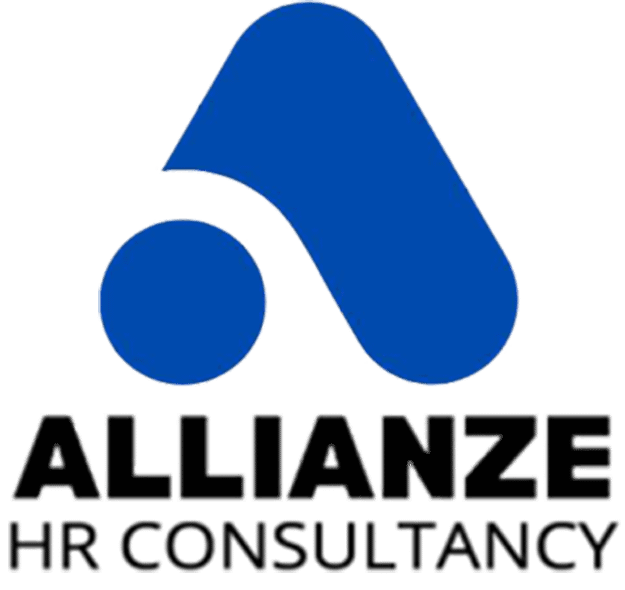Worker welfare for electrician
Facilities Management (FM) electricians are vital for Qatar’s infrastructure. Their work powers everything from commercial towers to residential complexes. However, their demanding roles require robust support systems. Worker welfare for electrician professionals is not just an ethical imperative. It is a strategic business necessity. Additionally, Qatar’s evolving labor laws emphasize improved living and working standards. This focus aligns with the nation’s broader vision for sustainable development. Furthermore, a well-cared-for workforce is more productive, skilled, and safety-conscious. This guide explores the critical components of a comprehensive welfare program. It also provides actionable steps for FM companies to implement them effectively.
Understanding Worker welfare for electrician
Worker welfare for electrician staff extends beyond a simple paycheck. It encompasses their entire work experience. This includes physical health, mental well-being, and professional growth. Specifically, it covers safe working conditions, fair contracts, and decent accommodation. Moreover, it involves access to medical care and grievance mechanisms. In Qatar’s FM sector, electricians face unique challenges. They often work in high-temperature environments and with high-voltage systems. Therefore, a tailored approach to their welfare is essential. This approach must address both universal rights and job-specific risks.
Qatar has made significant labor reforms. These include the removal of the Kafala system and the introduction of a non-discriminatory minimum wage. Consequently, companies must stay updated with these legal requirements. Compliance is the foundational layer of any welfare program. For more details, consult the International Labour Organization guidelines.
Worker welfare for electrician Benefits
Investing in electrician welfare yields substantial returns. First, it leads to a dramatic reduction in workplace accidents. A safe electrician is an effective one. Additionally, high welfare standards improve employee retention. This saves costs associated with constant recruitment and training. Furthermore, a positive company reputation attracts top talent. It also strengthens bids for major contracts where welfare compliance is scored.
Worker morale and productivity see a direct boost. Therefore, project timelines are met more reliably. Moreover, a focus on well-being fosters a culture of loyalty and quality workmanship. This is crucial for maintaining complex building systems. For international context, see resources from the U.S. Department of Commerce trade information.
How Worker welfare for electrician Works
Implementing a welfare framework is a structured process. It begins with a thorough needs assessment. Companies must identify the specific risks their electricians face. Next, they must develop clear policies and procedures. These documents should cover safety protocols, working hours, and leave entitlements. Moreover, a dedicated welfare officer can ensure these policies are practiced, not just posted.
Communication is a critical component. Training must be provided in languages workers understand. Additionally, regular audits and inspections help maintain standards. Consequently, issues can be identified and resolved proactively. This system creates a continuous feedback loop for improvement. For regional comparisons, the UAE government employment regulations offer useful insights.
Best Worker welfare for electrician Practices
Adopting industry best practices sets leading FM companies apart. First, provide best-in-class Personal Protective Equipment (PPE). This includes voltage-rated gloves, arc-flash clothing, and non-conductive footwear. Furthermore, enforce strict lockout-tagout procedures for all electrical work. This prevents accidental energization of circuits.
Accommodation standards are equally important. Workers should have clean, uncrowded housing with reliable climate control. Additionally, provide access to nutritious food and recreational facilities. These factors are crucial for recovery from physically demanding shifts. Moreover, establish a transparent and accessible grievance procedure. Workers must feel safe reporting concerns without fear of reprisal. Health standards can be cross-referenced with the World Health Organization workplace standards.
Worker welfare for electrician Implementation
Successful implementation requires commitment from top management. First, develop a detailed welfare charter specific to electrical roles. This charter should be communicated to every level of the organization. Next, invest in targeted training programs. These should cover both technical safety and workers’ rights.
Technology can streamline this process. Use digital platforms for safety briefings and incident reporting. Additionally, schedule regular health check-ups focusing on hazards like electrical shock and prolonged standing. Consequently, you create a data-driven welfare system. For support, consider our professional resources to build your program.
Advanced Worker welfare for electrician Strategies
Go beyond basic compliance with advanced strategies. Implement a career progression pathway for electricians. This could include certifications for high-voltage work or building automation systems. Furthermore, introduce mental health support services. The high-stress nature of electrical work makes this essential.
Another strategy is a peer-led safety committee. Empower electricians to lead safety meetings and site inspections. Moreover, use data analytics to predict and prevent accidents. Monitor trends in near-misses to address systemic issues. These proactive measures demonstrate a genuine commitment to your team’s well-being. Global trends are highlighted in World Bank economic reports.
Worker welfare for electrician Success Tips
Sustaining a welfare program demands continuous effort. First, leadership must lead by example. Managers should always follow the same safety rules they enforce. Additionally, celebrate safety milestones and recognize employees who exemplify best practices. This positive reinforcement builds a strong safety culture.
Keep policies dynamic and regularly updated. As technology and regulations change, so should your approach. Furthermore, foster open communication. Encourage electricians to suggest improvements to their work environment. Their firsthand experience is an invaluable resource. For personalized guidance, we offer an expert consultation.
Future of Worker welfare for electrician
The future of employee welfare is technology-integrated and holistic. Expect wider use of IoT sensors to monitor environmental conditions and fatigue levels. Furthermore, AI-powered platforms will provide personalized safety training and risk assessments. The concept of welfare will also expand to include financial literacy and family support.
In Qatar, alignment with national visions will drive further innovation. Companies that invest early in these advanced welfare models will gain a significant competitive edge. They will be seen as employers of choice in a crowded market. Therefore, the strategic importance of worker welfare will only continue to grow.
Frequently Asked Questions
What are the legal requirements for worker welfare for electrician staff in Qatar?
Key legal requirements include providing a safe work environment, compliant accommodation, a fair employment contract, timely wage payment, and access to healthcare. Companies must adhere to Qatar’s Labor Law and the non-discriminatory minimum wage.
How can FM companies measure the effectiveness of their welfare programs?
Effectiveness can be measured through key metrics. Track accident rates, employee turnover, productivity levels, and scores from worker satisfaction surveys. Additionally, monitor the number of resolved grievances.
What is the most overlooked aspect of electrician welfare?
Mental and psychological well-being is often overlooked. The high-pressure, high-risk nature of electrical work can cause significant stress. Providing access to counseling and stress management resources is crucial.
How does good welfare impact project costs and timelines?
Good welfare reduces costs associated with accidents, rework, and staff turnover. A healthy, motivated workforce is more productive and makes fewer errors. This leads to better adherence to project timelines and budgets.
Are there specific training programs for electrical safety in Qatar?
Yes. Many accredited institutions offer NFPA 70E (Standard for Electrical Safety in the Workplace) and other localized training. Continuous training on arc flash hazards, lockout-tagout, and new technologies is essential.
What should an electrician do if they feel their welfare is compromised?
They should first use the company’s internal grievance procedure. If the issue remains unresolved, they can contact Qatar’s Ministry of Labour. Workers are protected by law when raising legitimate concerns.
Conclusion
Prioritizing worker welfare for electrician teams is a definitive mark of a responsible and forward-thinking FM company. It is a comprehensive strategy that blends legal compliance with genuine care for human capital. The benefits are clear and measurable. They range from enhanced safety and productivity to improved reputation and profitability. Therefore, the question is not whether you can afford to invest in welfare, but whether you can afford not to. The future of FM in Qatar belongs to those who value their people. Begin strengthening your framework today. To take the next step, schedule an appointment with our specialists.



